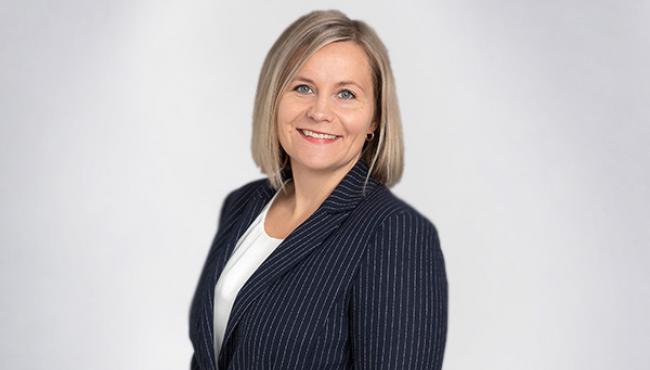
Measuring circular economy
The climate crisis, the depletion of natural resources, pollution, and biodiversity loss are driving the society to find alternative and more sustainable ways of acting.
Circular economy is one of the key solutions to tackle these challenges. Circular economy is developing at a wild pace, and the need to measure it has been recognized. We need realistic indicators by which to monitor development and targeted achievements.
How should we measure the operations that comply with circular economy? There are various methods, calculators, indicators and data available to measure circular economy.
For example, the Ellen MacArthur Foundation has created Circulytics, a tool that measures the compliance of a business with circular economy activities and allows a certain degree of benchmarking within the sector. WBCSD offers another tool, the Circular Transition Indicators (CTI), which focuses on measuring resource flows (materials, energy and water).
Life Cycle Assessments (LCAs) are an internationally recognized method to evaluate the impact of a product during its lifecycles by using various LCA software products, e.g. Gabi and SimaPro.
Furthermore, currently an ISO-standard is being developed to harmonize circular economy definitions, approaches and measuring methods (ISO/TC 323 Circular Economy). However, the standard is still in progress, while the demand for circular economy approaches and the need for measuring is increasing.
AFRY has created its own concept for measuring circular economy which simultaneously supports organizations in moving towards a circular economy.
After studying customer needs and the features of various indicators, AFRY decided to create its own concept for measuring circular economy. AFRY’s method focuses on the circular economy potential of a company and how to increase that potential by finding suitable measures to develop its business in the right direction.
AFRY’s approach in measuring circular economy considers a wide range of different aspects, e.g. material flows, energy, water, land use, logistics, and organizational strategy, however, the emphasis and priorities are tailored to the specific sector and company in question. The objective of this measuring method is to see the current situation and to find the bottle necks and critical points for improvement. Key factors in the development of a comprehensive circular economy business are setting ambitious targets, training staff, raising awareness, and committing to the set targets.
AFRY’s approach to measuring circular economy consists of six phases presented in Figure 1 below.

AFRY has developed a broad circular economy business scan, to evaluate different circular economy actions with regards to their relevance and feasibility. Together with the client, e.g. dring a workshop, a wide range of aspects (e.g. 80 different circular economy approaches) are evaluated to assess the degree of implementation and relevance. Identified business areas with a high circular economy potential are further analysed:
- What is the current degree of implementation?
- What are concrete action points for the specific circular economy measure in the analysed sector/business?
- What is the technology readiness level to implement the circular economy approach?
- What is the environmental impact of identified actions?
- What investments are required?
- Which action points are most feasible from a technical, financial and sustainability view?
Eventually, AFRY creates an implementation plan that includes all the selected development measures, defined Key Performance Indicators and a customized deployment plan.
To monitor the circular economy trajectory, the circular economy action plan is reviewed and adjusted annually. New legislations, standards and resource shortages should be assessed and included in the strategy update, as well as tracking the defined KPIs.
Understanding a business’s circular economy potential and implementing circular economy measures, not only benefits corporate climate targets but entails various business benefits. Optimization of resource utilization most often results in financial savings and competitiveness, as well as future-proofing the business against resource fluctuations and stricter legislations. Further, sustainable operations are a prerequisite for today’s organizations, and transparent communication builds a positive brand and customer loyalty.





